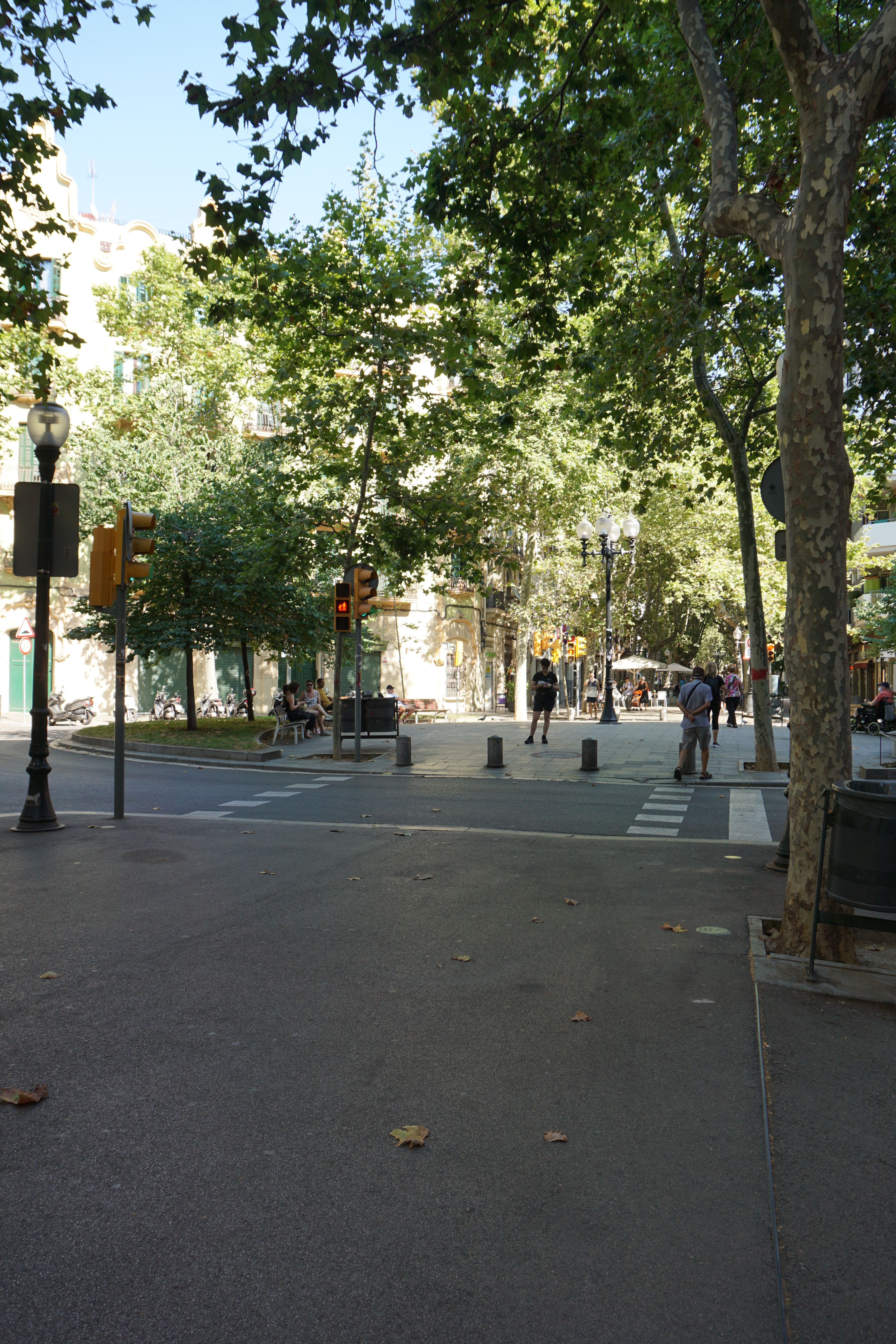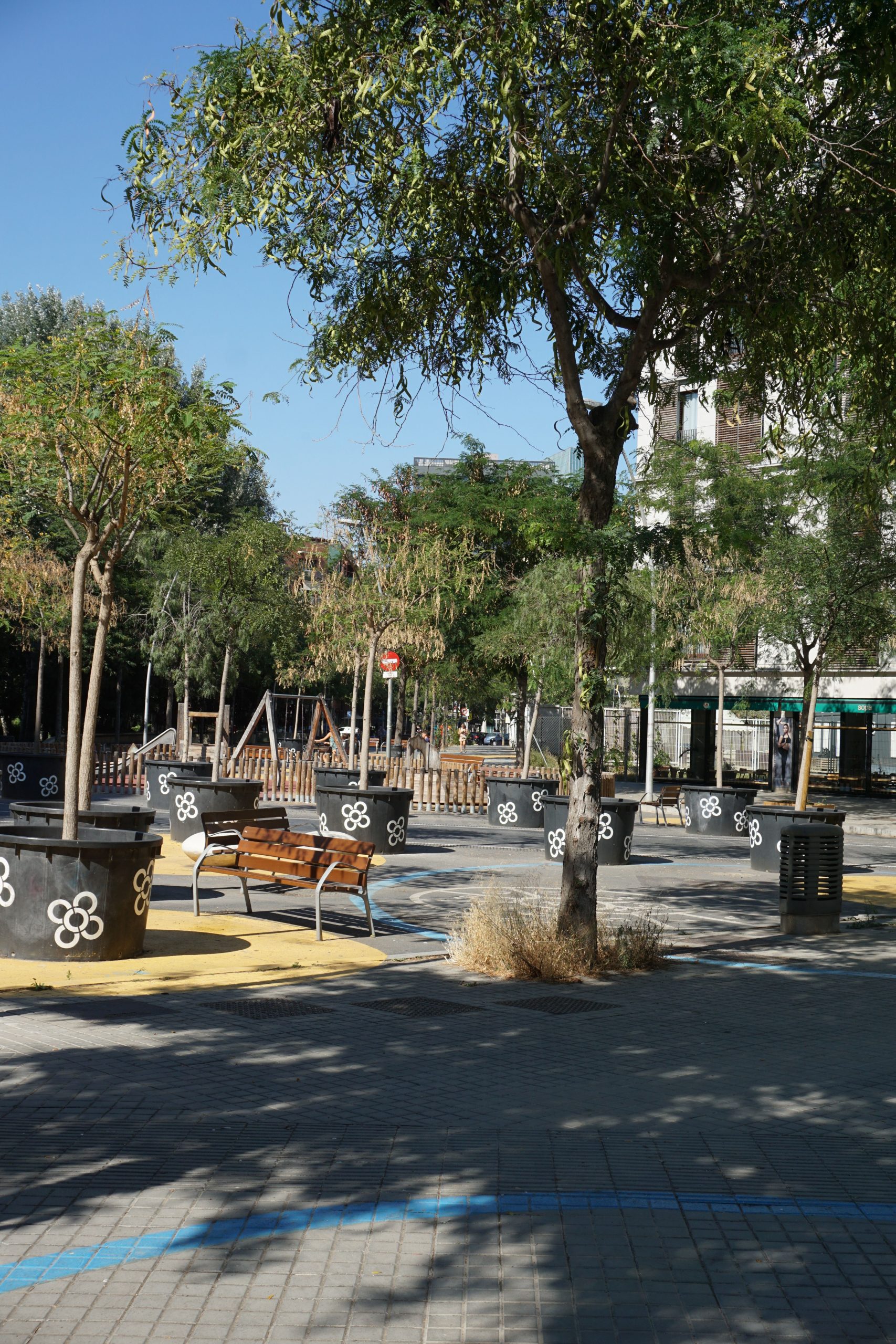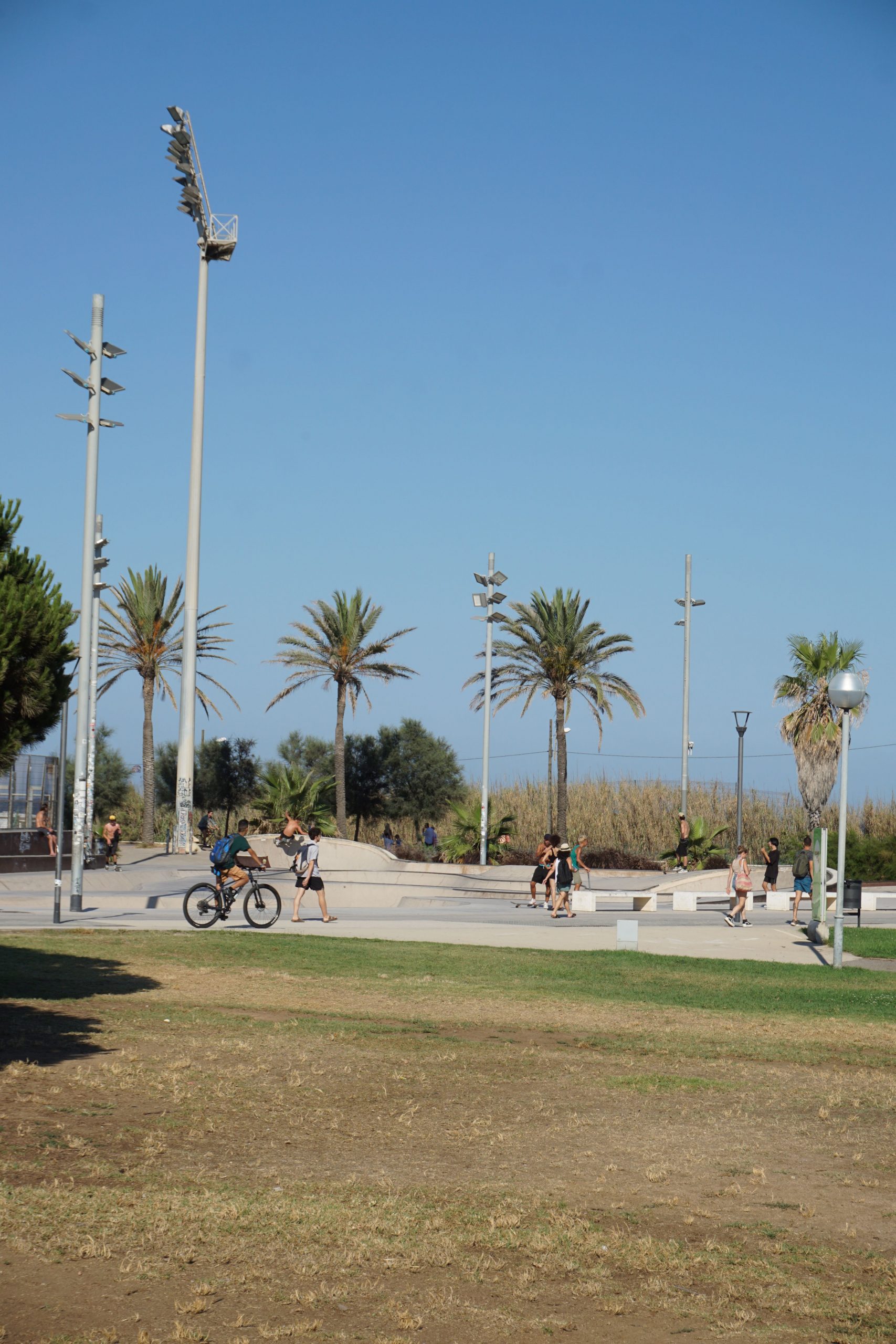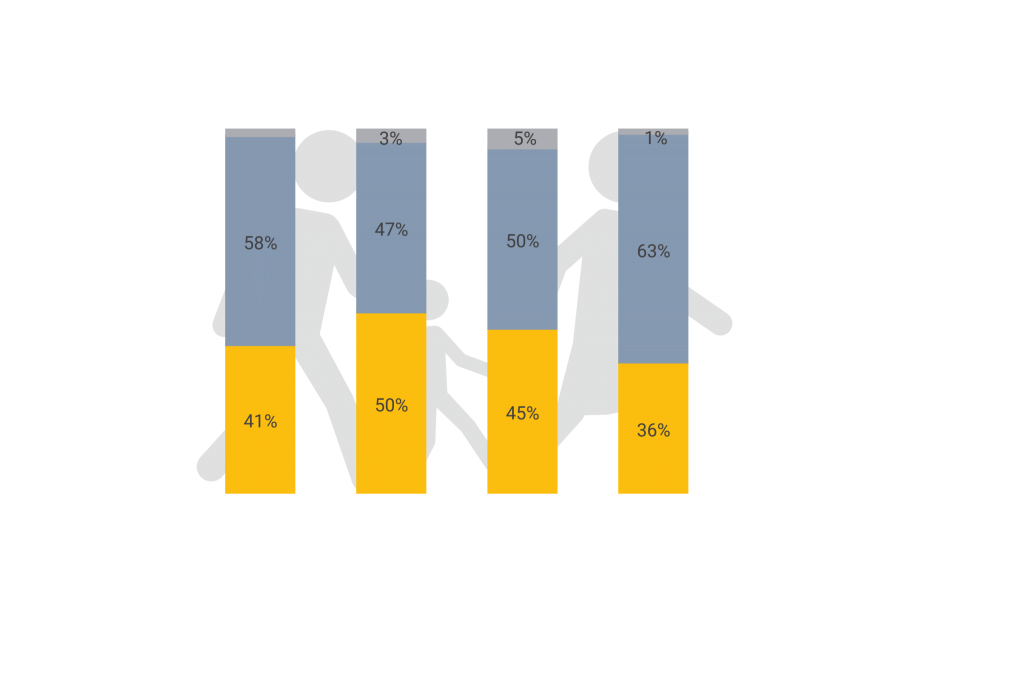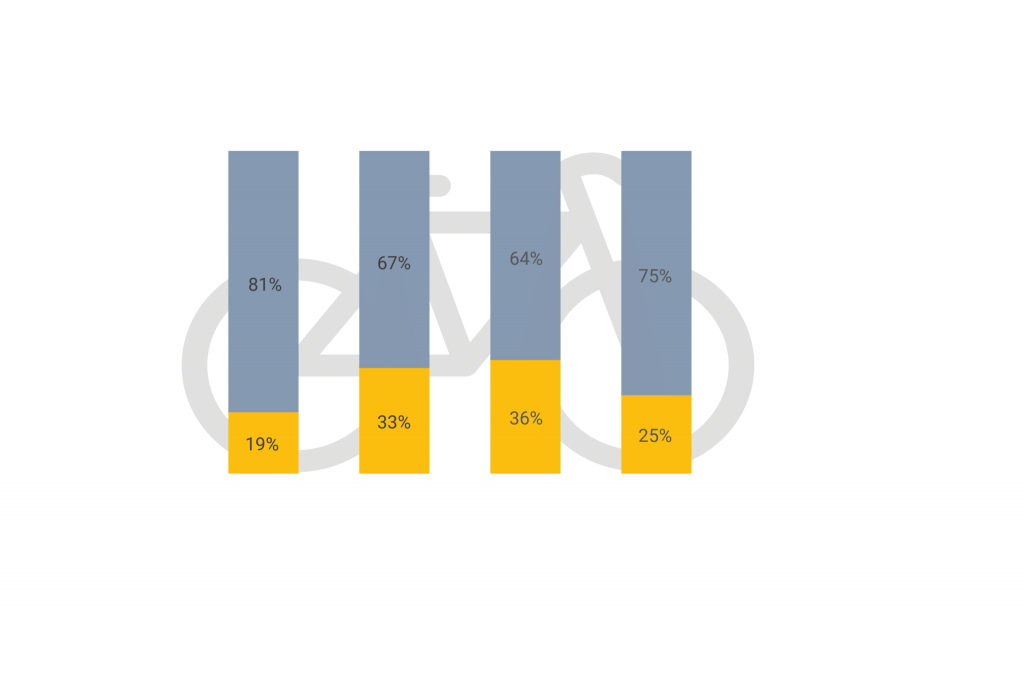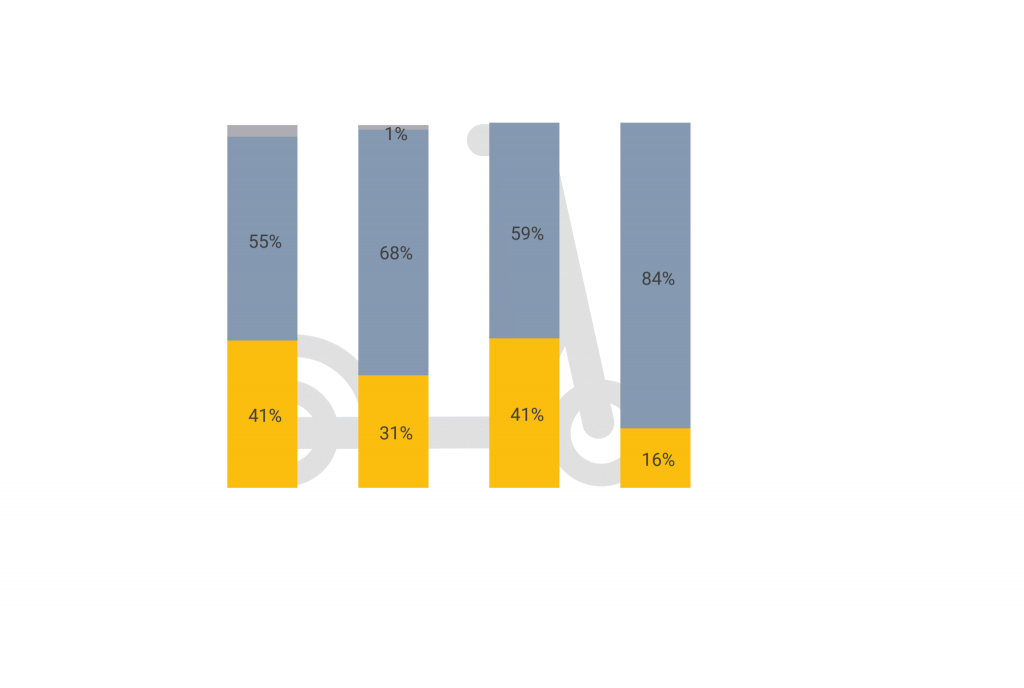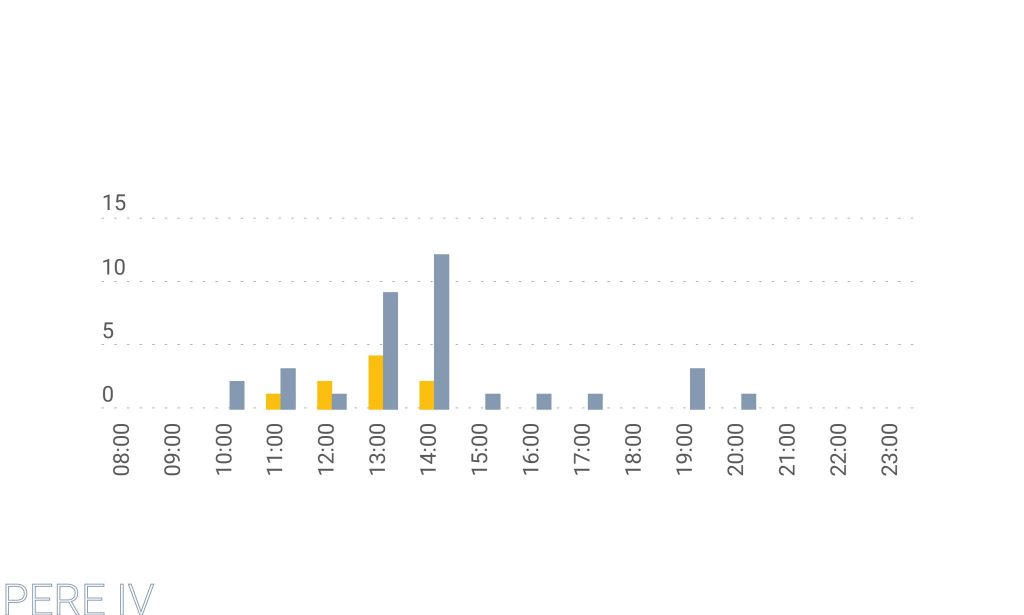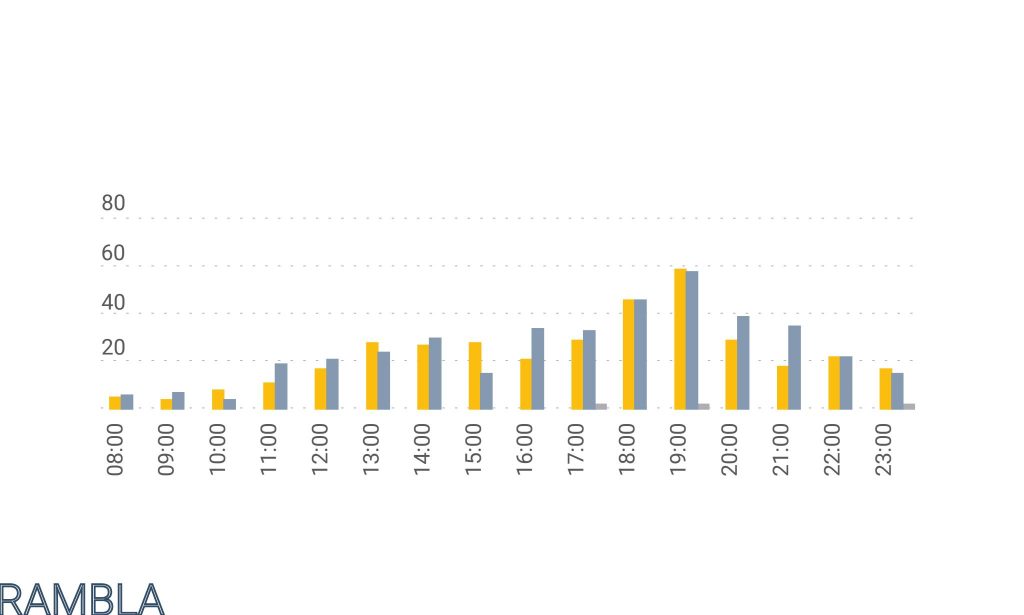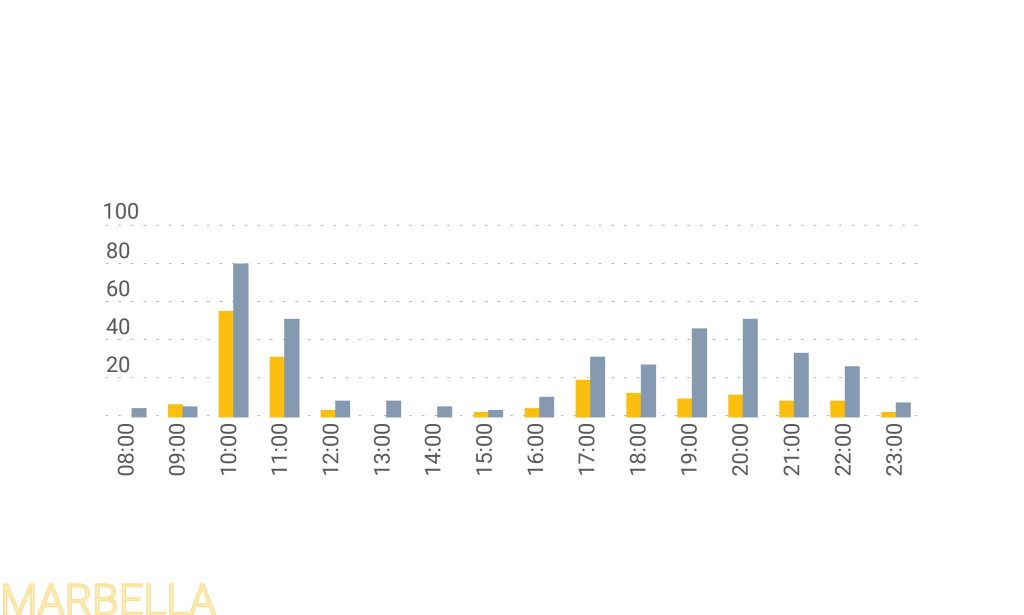Last June we went to Poblenou to recollect data on public life patterns in four different locations, a tradition that has been going on for five years. 2022 was the fifth year of this longitudinal study, started by an international field studio course for graduate students in planning and landscape architecture in 2018.
After two exceptional years, Poblenou is returning to a new normal, however, some questions arise. Has the public health crisis changed how we use public space? Might the pandemic alter activities, attitudes, or interactions in public, and if so, might these changes be permanent? Or would public life rapidly bounce back?
In the report, we try to answer to those questions with the insights gained from the data recollected in the 2022. This study is relevant because even if technological solutions such as Big Data are able to tell how many people move and where they go, they are often oblivious about what do those individuals do in public space and why.
The method consisted in observing public life in 4h intervals from 8:00 to 24:00 during the first week of June. The data recollected can be classified into the following three categories:
- People staying: we counted the individuals that stayed at each site every hour. Noting their gender, size of the group and activity.
- People moving: we measured pedestrian traffic at five locations, counting the people crossing the transect for a period of 10 minutes.
- Public life indicators: or also called social cohesion indicators refer to actions such as a kisses, hugs, smiles that allow to capture social relations and social connections between people.
The report is available here, and you can also directly read it from our website.
The four locations of the study in Poblenou

